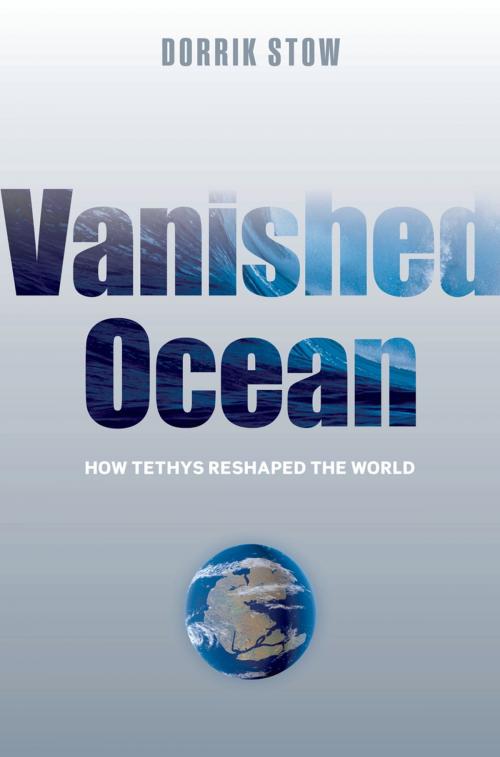Vanished Ocean
How Tethys Reshaped the World
Nonfiction, Science & Nature, Science, Earth Sciences, Oceanography, Other Sciences, History| Author: | Dorrik Stow | ISBN: | 9780191613562 |
| Publisher: | OUP Oxford | Publication: | May 27, 2010 |
| Imprint: | OUP Oxford | Language: | English |
| Author: | Dorrik Stow |
| ISBN: | 9780191613562 |
| Publisher: | OUP Oxford |
| Publication: | May 27, 2010 |
| Imprint: | OUP Oxford |
| Language: | English |
This is a book about an ocean that vanished six million years ago - the ocean of Tethys. Named after a Greek sea nymph, there is a sense of mystery about such a vast, ancient ocean, of which all that remains now are a few little pools, like the Caspian Sea. There were other great oceans in the history of the Earth - Iapetus, Panthalassa - but Tethys was the last of them, vanishing a mere moment (in geological terms) before Man came on the scene. Once Tethys stretched across the world. How do we know? And how could such a vast ocean vanish? The clues of its existence are scattered from Morocco to China. This book tells the story of the ocean, from its origins some 250 million years ago, to its disappearance. It also tells of its impact on life on Earth. The dinosaurs were just beginning to get going when Tethys formed, and they were long dead by the time it disappeared. Dorrik Stow describes the powerful forces that shaped the ocean; the marine life it once held and the rich deposits of oil that life left behind; the impact of its currents on environment and climate. It is rarely realized how very important oceans are to climate and environment, and therefore to life on Earth. The story of Tethys is also a story of extinctions, and floods, and extraordinary episodes such as the virtual drying up of the Mediterranean, before being filled again by a dramatic cascade of water over the straits of Gibralter. And in the telling of that story, we also learn how geologists put together the clues in rocks and fossils to discover Tethys and its history.
This is a book about an ocean that vanished six million years ago - the ocean of Tethys. Named after a Greek sea nymph, there is a sense of mystery about such a vast, ancient ocean, of which all that remains now are a few little pools, like the Caspian Sea. There were other great oceans in the history of the Earth - Iapetus, Panthalassa - but Tethys was the last of them, vanishing a mere moment (in geological terms) before Man came on the scene. Once Tethys stretched across the world. How do we know? And how could such a vast ocean vanish? The clues of its existence are scattered from Morocco to China. This book tells the story of the ocean, from its origins some 250 million years ago, to its disappearance. It also tells of its impact on life on Earth. The dinosaurs were just beginning to get going when Tethys formed, and they were long dead by the time it disappeared. Dorrik Stow describes the powerful forces that shaped the ocean; the marine life it once held and the rich deposits of oil that life left behind; the impact of its currents on environment and climate. It is rarely realized how very important oceans are to climate and environment, and therefore to life on Earth. The story of Tethys is also a story of extinctions, and floods, and extraordinary episodes such as the virtual drying up of the Mediterranean, before being filled again by a dramatic cascade of water over the straits of Gibralter. And in the telling of that story, we also learn how geologists put together the clues in rocks and fossils to discover Tethys and its history.















